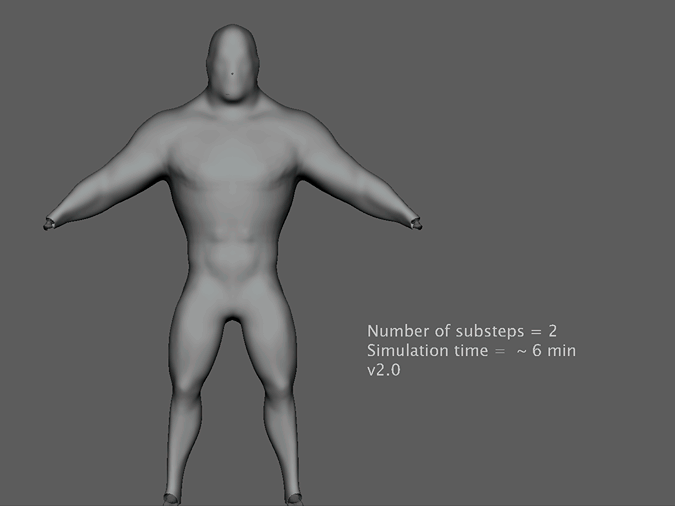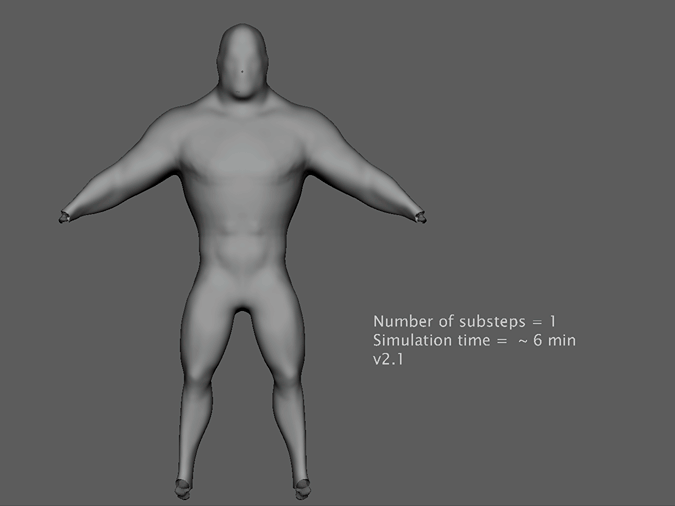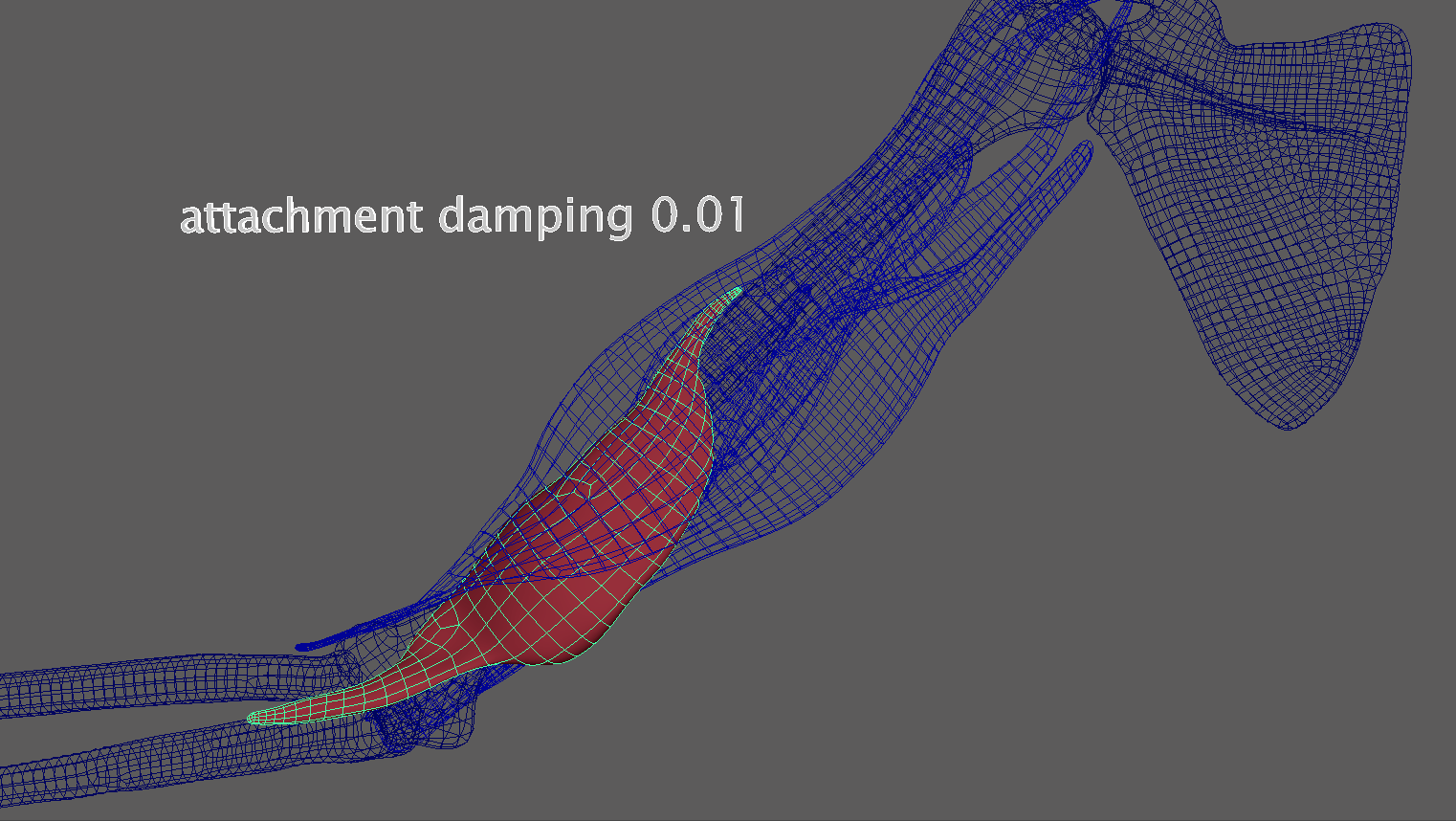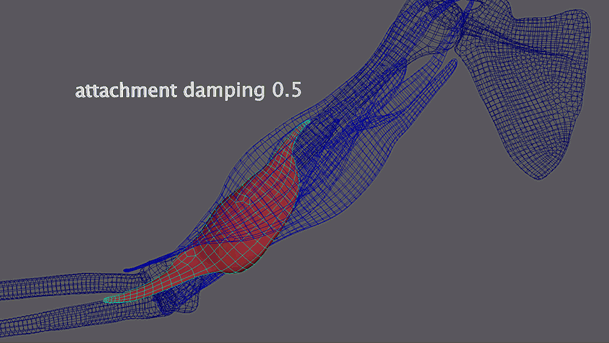Ziva VFX 2.1 Overview
Ziva Tutorials |
Overview
Ziva VFX 2.1 enables artists to assert a greater degree of control over their simulations while simplifying setups and increasing performance. Amongst a multitude of enhancements, the key Ziva VFX 2.1 features include:
- Continuous Collision Detection: Collisions are overhauled to be much more effective and simple to use.
- Iterative Solver: The iterative solver is fully featured and no longer experimental.
- Curvature Stiffness: A new material parameter that allows users to control subtle deformations of tissues.
- Attachment Damping: Energy loss is added to attachments to remove jiggling and allow users control over the attachment stabilization.
- Maya 2023: Maya 2023 is now supported.
Continuous Collision Detection
Drastic improvements to the collision system by the introduction of continuous collision detection (CCD) means that collisions are more robust than ever. With the latest update, you can arrange simulation objects in any configuration, and have better collisions between them. Any previous attachments or setup tricks that were needed to make collisions function as desired can almost certainly be removed. You can now also reduce the number of substeps while still improving the collision quality, meaning faster simulation times. For existing setups with no simplification, CCD will be more expensive. The main benefit is improved simulation quality, with the added benefit of improved performance through scene simplification.



Iterative Solver
Accelerate simulations by using the Iterative Solver! The Iterative Solver now supports all integrators. It uses a different numerical method than the default Direct Solver, and can often speed up simulations without loss of quality. The extent of performance improvement will vary depending on the scene setup, and in some cases, certain setups may experience slower performance; assessing the speed of your own rigs to choose the faster option is recommended.n. Either way, the results are of the same quality.

Curvature Stiffness
Enhance your simulation control with the new Curvature Stiffness attribute. It enables you to smooth out smaller-scale deformations in tissues while preserving interesting physics on a larger scale. How small of a scale and how strict the ironing is your choice! A higher stiffness setting results in large scale smoothing, while a lower setting only affects fine waves on the surface. This functionality requires a significant amount of memory and may result in longer simulation times, so we recommend only applying it to visible tissues when needed.

Attachment Damping
Attachment Damping allows attachments to lose energy and come to rest. This is remarkably useful for small attachments that may have previously jiggled, but also allows you to control the general behavior of attachments. It's worth noting that all attachments are now automatically damped to some extent by default, which reduces undesirable jiggling or shaking movements.



Other Features
- Scene Panel refresh speed is improved.
- zBuilder file sizes are decreased by compressing the file.
- Changing the log file path is now supported.
- Various minor improvements and bug fixes, see Release notes

